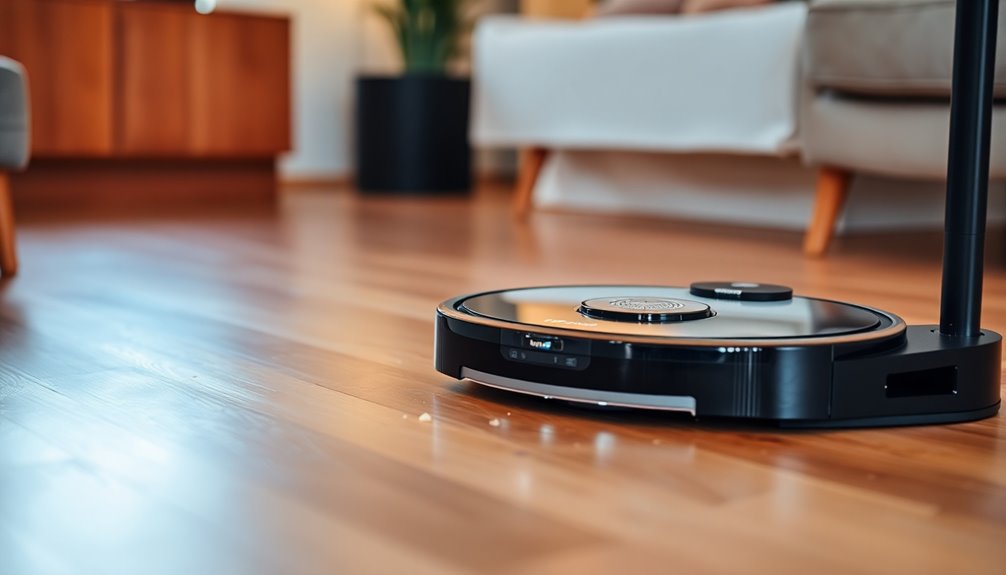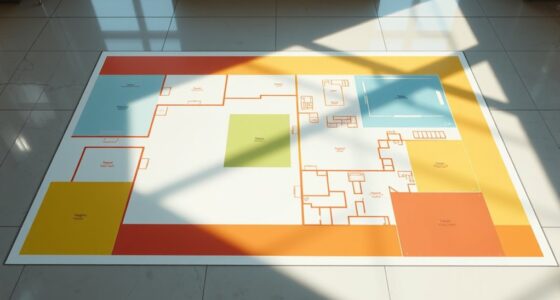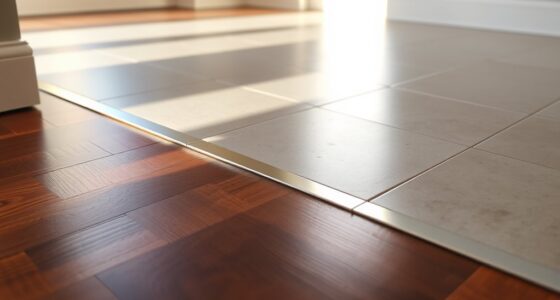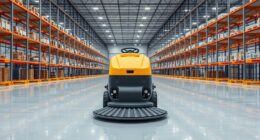Robotic vacuum cleaners work autonomously by using advanced sensors and navigation technology to clean your home. They map out your living space and create efficient cleaning routes, avoiding obstacles and preventing falls. With rotating brushes, they effectively collect dirt and debris, which goes into a removable dust container for easy disposal. Plus, they can recharge themselves and resume cleaning automatically. If you're curious about their features and how they fit your lifestyle, there's more to explore.
Key Takeaways
- Robotic vacuum cleaners navigate using advanced sensors, including cameras and Lidar, to map and understand the home layout for efficient cleaning.
- They utilize spinning and rolling brushes to effectively collect dust and debris, storing waste in a removable dust container for easy disposal.
- Equipped with cliff and obstacle sensors, these vacuums prevent falls and navigate around furniture seamlessly during cleaning.
- They can automatically return to their docking station to recharge and resume cleaning from the last location after charging.
- Users can control and customize cleaning schedules via smartphone apps or voice commands, allowing for tailored cleaning routines that fit individual lifestyles.
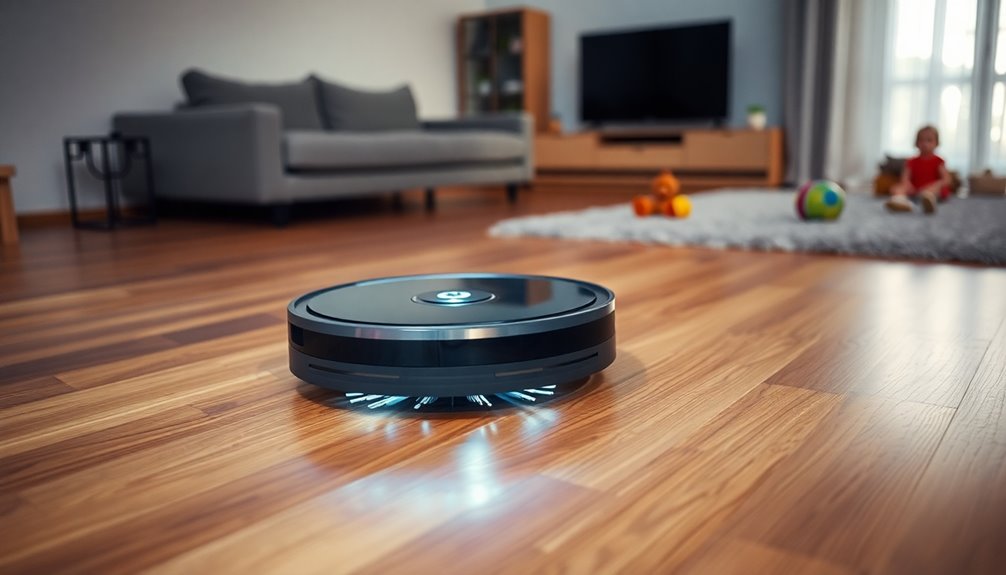
When you think about cleaning your home, robotic vacuum cleaners offer a high-tech solution that takes the hassle out of the chore. These devices are designed for autonomous cleaning, meaning they operate without much human intervention. They navigate your living space using advanced sensors, which include cliff sensors and obstacle sensors. Cliff sensors help prevent your robot vacuum from falling down stairs, while obstacle sensors allow it to maneuver around furniture and other obstacles seamlessly.
One of the standout features of robot vacuum cleaners is their mapping technology. Using systems like camera-based navigation, Lidar, or gyroscope mapping, these vacuums create a digital representation of your home. This mapping technology is crucial for efficient cleaning, as it allows the vacuum to systematically cover every area, rather than aimlessly bumping around. By understanding the layout of your home, the robot can plan its cleaning route effectively, ensuring that no corner goes untouched.
In addition to their navigation capabilities, robot vacuum cleaners are equipped with spinning brushes and a rolling brush that effectively collect dirt and debris. The collected waste is then sucked into a removable dust container, making disposal a breeze. You don't have to worry about emptying a bag or dealing with messy dust clouds; just detach the container and dump it in the trash.
Many modern robotic vacuums come with self-navigation capabilities, which allow them to automatically return to their docking station for recharging. Once they're powered up, they can resume cleaning right where they left off, ensuring your floors are consistently clean without you having to lift a finger. This feature is particularly handy if you've set up cleaning schedules through a smartphone app.
Speaking of convenience, advanced sensors in robotic vacuum cleaners enable you to control them via smartphone apps or even voice commands. You can customize cleaning schedules to fit your lifestyle, whether you want it running daily or just on weekends. This flexibility means you can focus on more important tasks while your robotic vacuum handles the dirty work.
Frequently Asked Questions
What Are the Disadvantages of Robotic Vacuum Cleaners?
Robotic vacuum cleaners have several disadvantages you should consider.
They often take longer to clean your space compared to traditional vacuums, especially if they need to navigate obstacles.
Many struggle with high-pile carpets, which can leave areas uncleaned.
Their battery life typically lasts around 120 minutes, so larger homes mightn't get fully cleaned in one go.
Plus, complex layouts can cause them to miss spots or get stuck, requiring your assistance.
How Do Robot Vacuums Know Where to Go?
Robot vacuums know where to go by using various sensors that help them navigate your home.
Cliff sensors prevent them from falling off edges, while obstacle sensors guide them around furniture. Higher-end models even employ advanced mapping technologies, creating a digital map of your space for efficient cleaning paths.
They can track their movements, ensuring they don't clean the same area twice, and will autonomously return to their docking stations when needed.
How Does a Robot Vacuum Know When It's Done?
A robot vacuum knows it's done by using built-in sensors and mapping technology.
As you watch it clean, it tracks its movement and follows a systematic pattern to cover your entire space efficiently.
Once it's finished, it usually returns to its docking station automatically. If the battery runs low, it'll also head back to recharge, signaling the end of its cleaning session.
This ensures your home stays tidy without missing spots.
Where Does the Dirt Go in a Robot Vacuum Cleaner?
When you use a robotic vacuum cleaner, the dirt it collects gets sucked into a removable dust container. This container is typically located at the top or side of the unit.
If you've got a premium model, it might automatically dump the dirt into a larger bin at the docking station.
Remember to regularly empty the dust container to keep your vacuum running smoothly and maintaining optimal suction.
Conclusion
In conclusion, robotic vacuum cleaners simplify your cleaning routine by using advanced sensors and mapping technology to navigate your home. They efficiently pick up dirt and debris while you relax or focus on other tasks. With programmable schedules and smart connectivity, you can control them with ease. As they continue to improve, these little machines are becoming an essential part of modern living, making it easier for you to maintain a clean and tidy space.
